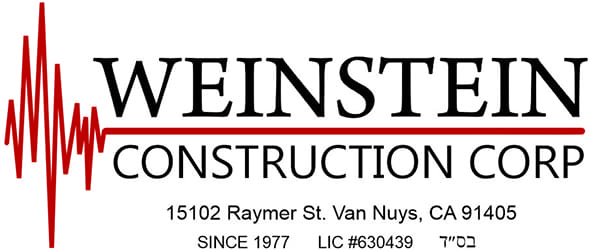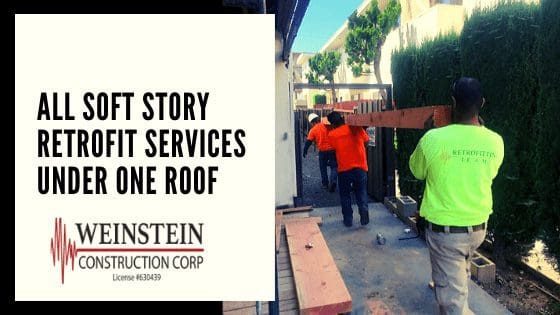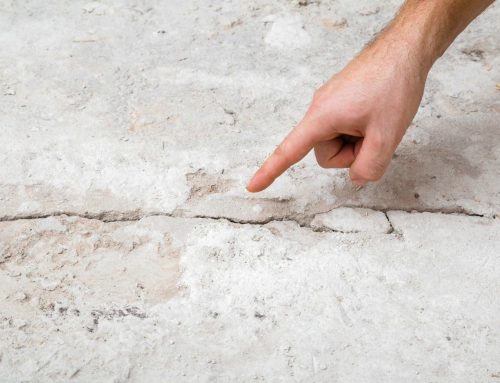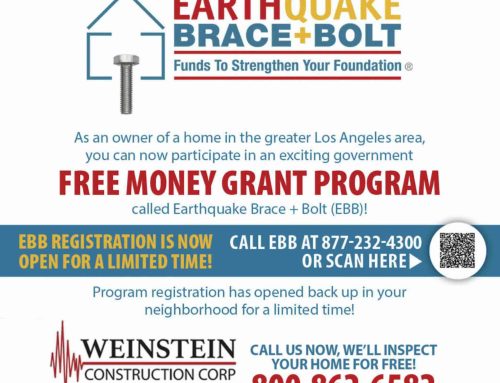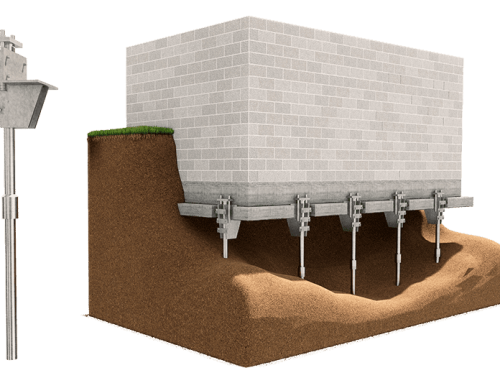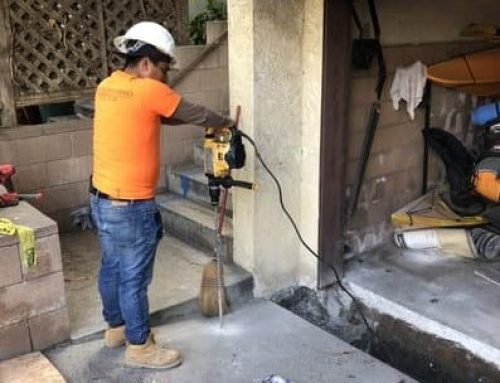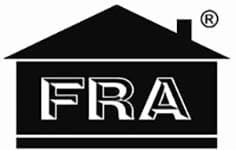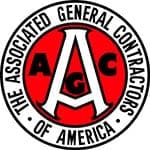Seismic Retrofitting is a method of strengthening existing damaged / undamaged old / new structures that are found to be weak in earthquake loads that may occur in the future. Generally, earthquake-prone structures are retrofitted with Steel jacketing, Concrete jacketing, Galvanized steel mesh reinforcement, Inclusion of new support walls / Concrete shear walls, Steel bracing, Fiber Reinforced Polymer (FRP) sheets.
Seismic retrofitting is the modification of existing structures to make them more resistant to seismic activity, soil motion or soil failure due to earthquakes. With a better understanding of seismic structural demand and recent experience of major earthquakes near urban centers, the need for seismic retrofitting is well recognized. Earthquake engineering is used for seismic refurbishment of structures that involve alteration of existing structures to achieve resistance to seismic activity or soil failure due to earthquakes. Retrofit is now widely performed, particularly in active seismic zones.
Seismic retrofitting can be carried out on concrete masonry, unreinforced masonry, Soft Story and concrete tilt-up construction. Soft Story building is a multi-story building with ample open space and a concrete tilt-up construction. Concrete is filled in the panels forming the walls of the structure. As concrete tilt-up walls are usually heavy, seismic retrofitting may be necessary. The reason for the retrofit of the concrete tilt-up is to prevent the roof from being separated from the building walls.
Most of the houses need to be seismically retrofitted in three ways: 1. The crippled walls of the house need to be lined with plywood.
2. The house has to be bolted to the foundation.
3. The floor of the house needs to be attached to the crippled walls.
There are several categories of seismic retrofitting, and their nature depends on the purpose for which the retrofit is carried out. The main form is the retrofitting of public safety, which involves structural reinforcement in order to save human life, although some degree of injury is acceptable. Such retrofit is carried out on structures that are not extremely expensive and for which a complete reconstruction is not desired. A lower level upgrade may be selected to ensure the structure’s earthquake endurance with some of the repairs needed after the earthquake. Extensive refurbishment may be necessary for buildings that are important for cultural, historical or other reasons. In most cases, retrofits are performed on buildings that are extensively high, with an unsafe earthquake vibration frequency. Roads also have a priority in retrofitting, as their service during the earthquake is essential to ensure the functioning of emergency services.
Numerous techniques are used for the seismic refurbishment of structures. Their selection is based on the objective of the retrofit, the type of structure, the conditions of the soil and the expenditure involved. Seismic refurbishment of buildings may reduce earthquake damage by making appropriate structural changes, but no technique will completely eliminate the risk of seismic waves. Buildings are usually reinforced by the use of girders and trusses to make buildings safe.
Proper study of the existing structure using various analytical tools needs to be carried out in order to identify the weak zones within the structure before retrofitting. It also helps in the selection of appropriate retrofit measures to be adopted in terms of economic and safety aspects.
To get started today or for more information, please contact us today to schedule a FREE on-site inspection by our team of Soft Story experts or call us at 888.494.6152
